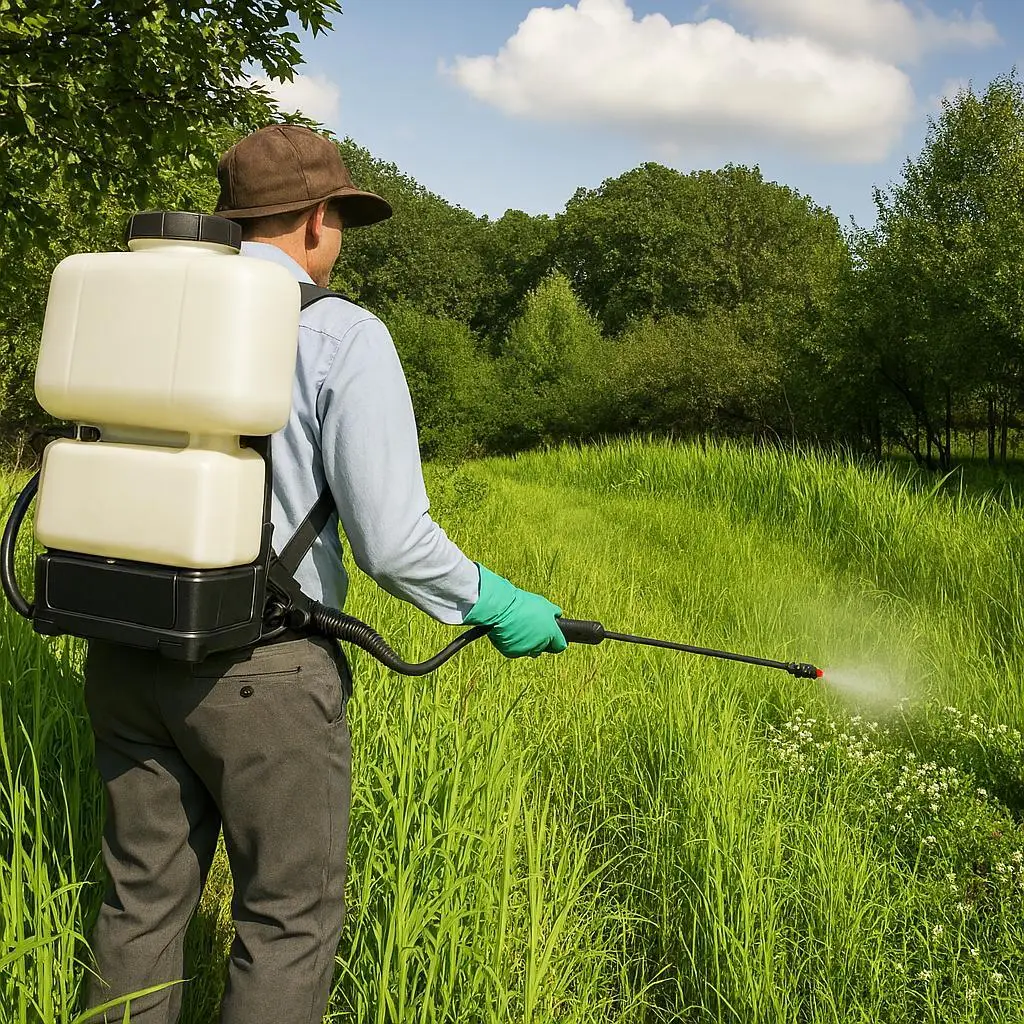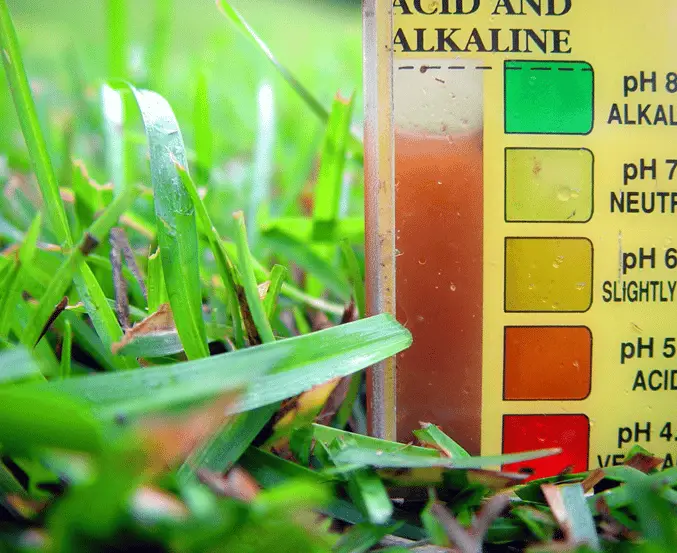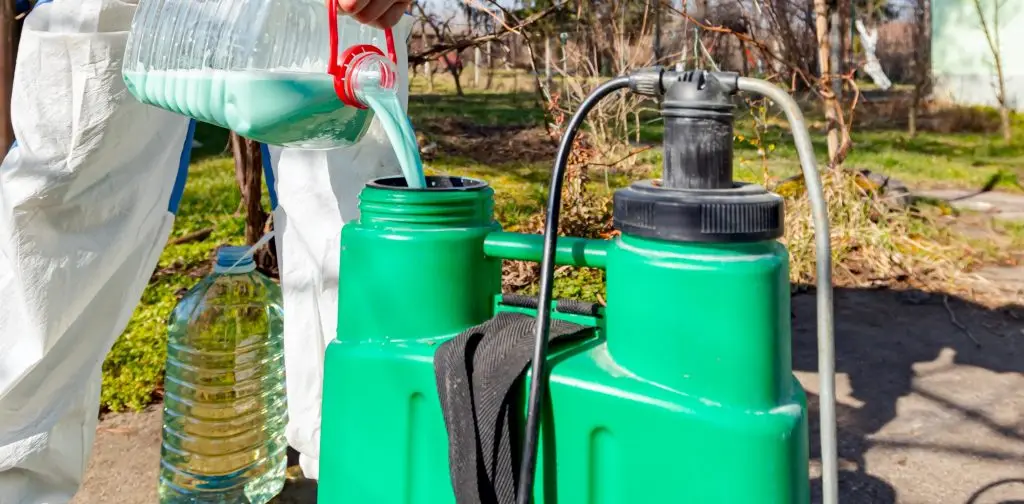Why Forest Vegetation Management Matters: Protecting Ecosystems and Resources

Forests make up 33% or 747 million acres of the US and play an important part in the environment and our livelihoods. Today, when forests are mentioned, it is usually in connection with forest fires. Other times, we rarely think about forests even though they are extremely vital for our existence and must be protected. […]
Boosting Herbicide Performance with MSO

Oil-Based Adjuvants in Weed Control In the world of herbicide application, adjuvants are essential tools that help maximize product performance, reduce costs, and improve environmental safety. Among these, oil-based adjuvants—especially Methylated Seed Oils (MSOs)—have become a cornerstone of effective weed control strategies. This guide offers a concise overview of oil-based adjuvants, their evolution, and how […]
How to Improve Pesticide Solution pH Using Buffering Agents

When a pesticide is applied to control a pest according to label instructions it may not work as expected. When it doesn’t work, the assumption may range from a highly complex one, such as in the occurrence of pesticide resistance, toa simple one, such as the pesticide spray water being at the wrong pH. Pesticide […]
Limonene in Weed Control: A Natural Eco-Friendly Solution

Pesticides are applied intentionally to the environment by people for the purpose of improving environmental quality for humans, domesticated animals, and plants. Despite the fears and real problems they create, pesticides are partly responsible for the physical well-being enjoyed by most people all over the world. In particular, pesticides are credited for making an important […]
Everything You Need to Know About Wetting Agents

When you need to control unwanted weeds using herbicide, your major concern is going to be making sure that the herbicide works properly. If the herbicide is to be effective, the unwanted plants need to be appropriately wet. Therefore, you most likely are going to include a wetting agent in your herbicide spray mixture. […]
Postemergence Spraying and Tips for Application

Weed control is a routine task undertaken by almost everyone who manages land where plants are growing. From the homeowner who battles weeds in a lawn, a farmer who must control weeds in crops, to land and water managers who must confront a variety of vegetation management scenarios. To all of these individuals, postemergence spraying […]
The ABCs of Tank Mixing Pesticides

A common practice in the chemical control of weeds is tank mixing pesticides and other agrichemicals such as adjuvants, fertilizers, biostimulants, and plant growth regulators. Promoted as an efficient way to apply inputs to weeds, tank mixing is a routine procedure for most farmers. Reasons for tank mixing pesticides with other agrochemicals Despite the many […]
How Does Water Quality Affect Pesticide Effectiveness?

When the application of a pesticide fails to deliver the desired control of a pest, the immediate thoughts are that something is wrong with the pesticide or there is pesticide resistance. However, the cause may be due to a different reason, water quality. Water is the most common ingredient in pesticide applications. Water is an […]
Protecting Forests from Invasive Plants

Forests occupy one-third of our land area and play an important part in sustaining life on earth. Forests and their ecosystems help stabilize climate, regulate the water cycle, and provide food and shelter for thousands of life forms. All these benefits are collectively referred to as ecosystem services for which the forest understory is important. […]
Understanding Emulsifiable Concentrate Herbicides: What They Are and How They Work

Figure showing before, during and after addition and mixing of an EC formulation to water In agriculture, aquatics, and land management, applying herbicides efficiently and safely is essential for managing unwanted vegetation. Pesticide chemicals, which serve as the active ingredients (a.i.), are not suitable for weed control in their raw or unformulated state due to […]